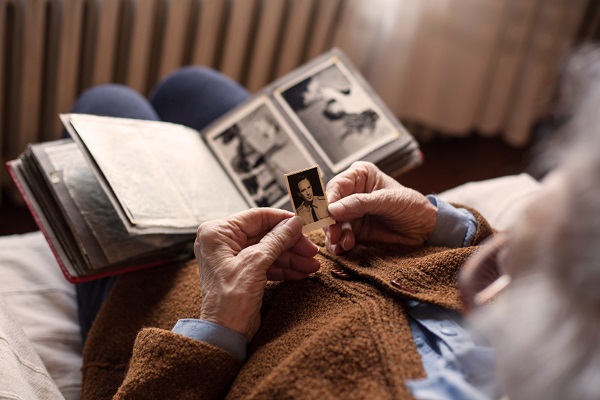The Quandary of Family Heirlooms
by Deon Batchelder, MSG, CMC
April 18, 2022

As an only child, I grew up among an adult population. Now, I am a member of the “Baby Boomer” generation. My grandfathers died before I was born, my paternal grandmother I did not know well, and my maternal grandmother was loving during her short life. I was able to meet my maternal great-grandparents, but visits were rare due to distance. When visiting the grandparents, I loved to look at their “collections.” A hutch seemed to be in every home and filled with “nick-nacks.” It might be plates, Hummel figurine, milk glass, dollies, and porcelain teacups. Of course, even the hutches, rockers, and handmade quilts “all collectables” were hand-me downs. My elders would indicate that someday I might inherit those items, as they told me the history or memories of each cherished belonging.
Remember the saying “what is old is new again” – there was a time when that was in vogue. However, throughout the generations I have noticed the change. It has been a slow gradual change throughout the decades. Collectables come and go, but the current trend seems to be letting go, with less and less family members holding onto heirlooms that have previously been passed from generation to generation.
In 2005, my aunt and I took a trip to Tennessee to visit family. We stayed with our elder Aunt Tisha, whose house had not changed since I was a teenager. Yes, there were some new chairs/couches and mattress. Yet the rest of the home included antique bedroom sets, vinyl kitchen table/chairs, and three curio cabinets filled with “collectables.” Even the bathroom and kitchen décor/fixtures had not changed. She wanted to gift us some of the items that had been her sister’s “my grandmother’s” and some quilts – her mother “my great-grandmother” had made. We were thrilled as we had cherished these as children. Aunt Tisha reluctantly talked to us about how her children did not really want these items and would just toss them when she passes. We promised her that would not happen, even though we could not give guarantees. Unfortunately, my aunt was right, and a lot of her items were indeed thrown away after her passing.
Recently, my 90-year-old father passed; his house is a temple of his life. It includes the curio cabinets with my grandmother’s collectables, the milk glass bowls, dollies, hutches and wood furniture that were made in America. Also, my father’s numerous collections of plastic model aircrafts, tanks, and submarines that he built. His house has many family mementoes, and nobody wants them. My cousin’s friend wanted some of the items to sell in her shop. My cousin and I will take some of the other items. After that no one wants anything, and there is no monetary worth so, the only option is to have “junk UHaul” throw the rest away, just like my aunt’s family had to do.
I realize that the trend of the younger generation is to not be burdened by the past. They do not want to be the “keepers,” nor be encumbered by the care of family heirlooms that once belonged to their ancestors of yore. They do not have the space in their homes or may want the freedom to pick up and move at any moment. However, precious memories exist among heirlooms. For example, picture albums. When our grandchildren come to visit, they always go straight to the picture albums to reminisce, verify their past experiences, and see their parents’ and grandparents’. Sadly, our generation was truly the last to keep memories through albums. Once the cell phone exploded, the albums became like collectables – a thing of the past. Now their “picture albums” are in the digital format, i.e., the Cloud.
In 2019, I was going through the process of downsizing. The intent was to slowly start discovering what we could and could not live without. I concentrated more on what my husband and I had accumulated and what we could “share” with others. I did not want our adult children to make decisions that we should have made. Even though we managed to make numerous trips to various non-profit agencies, the family will still have a selection to sort through. Items that they can decide are worthwhile to keep and are part of our family history.
Now days if generations wish to find their “roots” they can go to websites such as Ancestry.com. However, that doesn’t give you a true sense of family history or the ability to possess a piece of your legacy. Perhaps, if we start to emphasize the importance of a handmade quilt, dolly, milk glass, or even picture albums they will be seen as treasured pieces to pass on. Therefore, giving us all a piece of our family history that carries on.
Deon Batchelder is a Certified Care Manager & the Clinical Supervisor for Elder Options, Inc. Deon’s passion for care management grew from a commitment to advocate and support older adults, disabled, and vulnerable populations.

